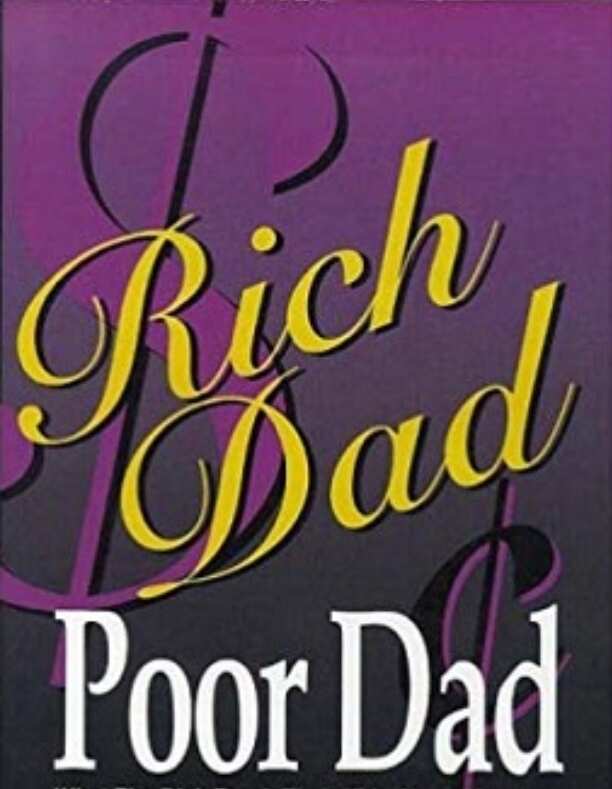Wealthy Dad Poor Dad is written within the model of a set of parables offered as autobiographical.[1] The titular “wealthy dad” is his finest good friend’s father who collected wealth because of entrepreneurship and savvy investing, whereas the “poor dad” is claimed to be Kiyosaki’s personal father who he says labored onerous all his life however by no means obtained monetary safety.
Wealthy Dad Poor Dad – Abstract & Key Classes
Introduction
Wealthy Dad Poor Dad is a bestselling private finance e book by Robert Kiyosaki, revealed in 1997. It challenges conventional beliefs about cash, wealth, and monetary independence. The e book relies on the contrasting monetary philosophies of two father figures in Kiyosaki’s life:
1. Poor Dad – His organic father, who was extremely educated however financially struggling.
2. Wealthy Dad – His finest good friend’s father, a profitable businessman who constructed his wealth via monetary training and investments.
By their teachings, Kiyosaki highlights how monetary literacy, investing, and entrepreneurship are key to reaching monetary freedom.
—
Key Classes from Wealthy Dad Poor Dad
1. The Significance of Monetary Schooling
Faculties train tutorial abilities however not monetary literacy.
Understanding belongings, liabilities, taxes, and investing is essential for wealth-building.
2. Belongings vs. Liabilities
The wealthy give attention to shopping for belongings (issues that generate earnings).
The poor and center class accumulate liabilities (issues that take cash out of their pockets).
Examples of belongings: Actual property, shares, companies, mental property.
Examples of liabilities: Costly automobiles, luxurious houses (if not rented out), bank card debt.
3. Work to Be taught, Not Simply to Earn
Most individuals work for cash, however the wealthy earn cash work for them.
Studying about gross sales, advertising, management, and investing can result in monetary progress.
Do not simply work for a paycheck—purchase abilities that may enable you create wealth.
4. The Energy of Passive Revenue
The wealthy spend money on income-generating belongings like actual property, shares, and companies.
Passive earnings provides monetary freedom, lowering reliance on a 9-to-5 job.
As an alternative of working more durable, give attention to making smarter monetary selections.
5. Mindset of the Wealthy vs. Poor
Poor Dad: “Go to highschool, get a job, work onerous.”
Wealthy Dad: “Find out how cash works, make it be just right for you.”
The wealthy take calculated dangers, whereas the poor usually keep away from dangers because of concern.
6. The Significance of Entrepreneurship
Having a enterprise mindset helps create a number of earnings streams.
As an alternative of being an worker, suppose like an investor or enterprise proprietor.
Tax benefits favor enterprise house owners and traders, not workers.
7. Overcoming Concern and Taking Motion
Concern of failure stops individuals from taking monetary dangers.
Be taught from errors as an alternative of avoiding alternatives.
The wealthy see issues as alternatives to develop and innovate.
—
Conclusion
Wealthy Dad Poor Dad teaches that monetary success comes from monetary training, investing, and altering one’s mindset about cash. It encourages readers to suppose in another way, take management of their funds, and construct wealth by buying belongings as an alternative of liabilities.
By making use of these classes, anybody can obtain monetary independence and escape the cycle of residing paycheck to paycheck.


